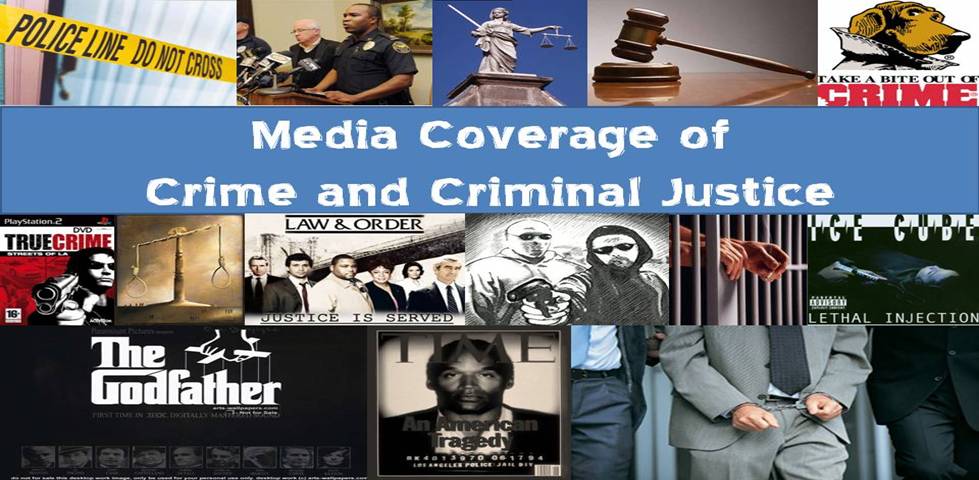Data on the 203,500 street stops from January through March — up from
183,326 during the same quarter a year earlier — was sent to the City
Council from 1 Police Plaza late on Friday under a legal requirement
spawned by public outrage over the 1999 fatal police shooting in the Bronx of Amadou Diallo, an unarmed black street peddler.
On Saturday, the department disclosed the information to reporters and
credited the controversial topic known as “Stop, Question, Frisk” as one
of several policies of engagement whose effectiveness was vindicated by
a decline in homicides in New York.
So far this year, 129 people have been murdered in New York through
Friday, the 132nd day of the year, a number that put the city on track
for a new low in annual homicides. The 471
murders logged by the Police Department in 2009 was the lowest annual
tally for any previous 12-month period since reliable numbers were kept
in the early 1960s.
Still, the new street-stop numbers got a fresh round of criticism after a week that saw civil libertarians and prospective mayoral candidates
debating the crime-suppression value of such stops and blaming the
tactics for tearing at the fabric of city life, particularly in minority
neighborhoods, during a period of historically low violence.
On Wednesday, the New York Civil Liberties Union issued a study
of last year’s stop data, arguing that far too many innocent people
were suffering under the policy. The study said that while young black
and Hispanic men made up 4.7 percent of the city’s population, those
between the ages of 14 and 24 accounted for 41.6 percent of stops in
2011.
Driving while black. Walking while black. Whatever you want to call it. It is real.
Interestingly, police department officials claim it is saving lives. Check the data and see for yourself.


No comments:
Post a Comment